The Power of Integration and Collaboration
Tygron believes in the power of integration and collaboration between different parties and disciplines to tackle complex challenges.
With advanced simulation tools, Tygron enables engineers and planners to integrate, simulate and visualize data and calculation models and thus arrive at better substantiated analyses, designs and decisions.
The Tygron Platform offers organizations and experts an accessible solution to integrate High Performance Computing and AI into their work processes.
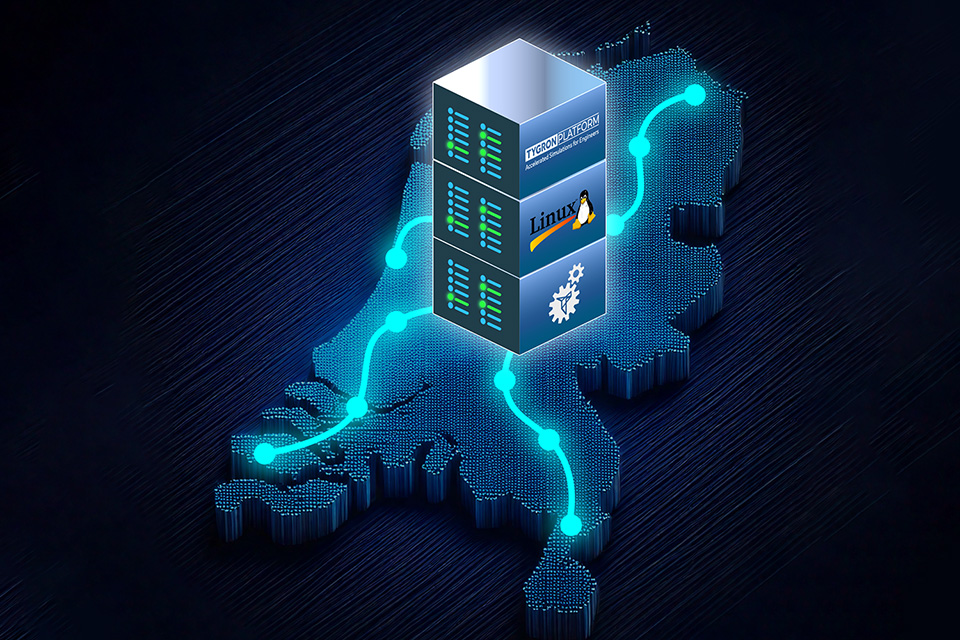
Our Core Values
- Performance by Design: The Tygron Platform provides access to a cloud-based GPU Supercomputer with unparalleled computing power.
- Open Platform: The platform supports open standards and offers an API for integrating data and calculations, as well as exporting results to other software applications.
- Data Ownership: Your data and calculation models remain fully owned and never become the property of Tygron.
- Maintenance and Development: The Tygron Platform is continuously managed, maintained and further developed, so that it always remains stable and up-to-date.
- Privacy and Security: Tygron attaches great importance to privacy and security. The platform strictly complies with EU privacy regulations and implements robust security measures to protect data from unauthorized access or misuse.
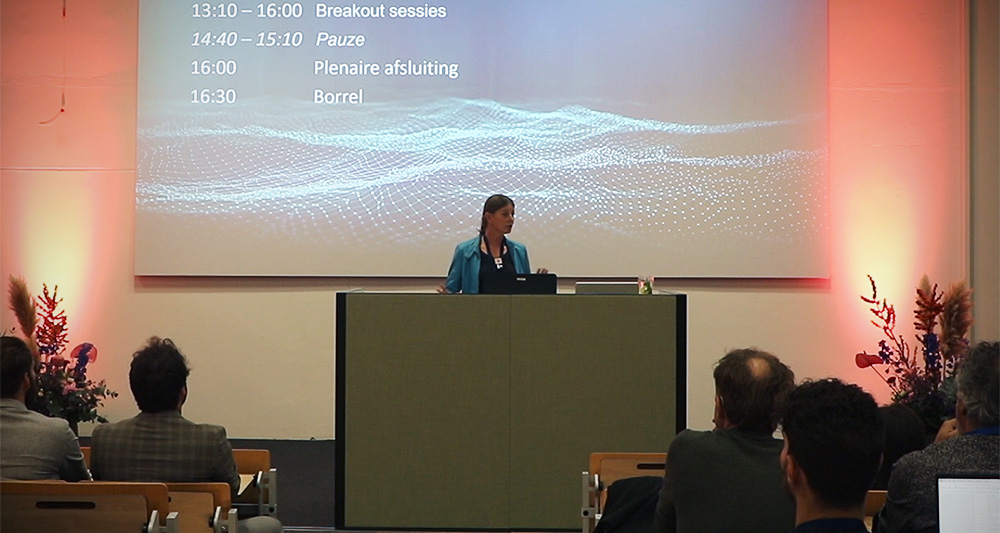
Our Story
Our adventure began when Florian Witsenburg, an experienced hydrologist, and Maxim Knepfle, an expert in AI and HPC, joined forces to meet the need for integration, accurate analysis, and visualization of geographic data. Together, they developed the Tygron Platform, which serves not only as a powerful tool for data analysis but also as a catalyst for change in the way we build our cities.
Hedi van Dijk, our operational director since 2017, has bridged the gap between traditional decision-making processes and today’s advanced digital tools. Her expertise has helped government agencies and engineers transition to a data-driven approach in urban development.
We are proud of our role in more than 30,000 projects worldwide, which attest to our commitment to improved simulation processes and transparent decision-making. Each project confirms our mission: to provide superior technology that respects the privacy and autonomy of data.
A Selection of our Customers
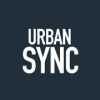
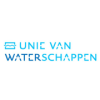

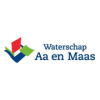
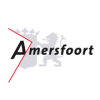

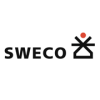
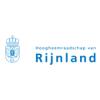
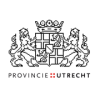
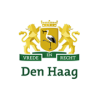
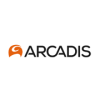
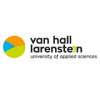
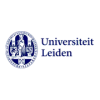
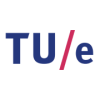




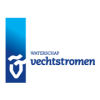
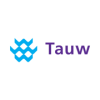
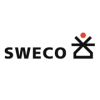
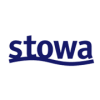
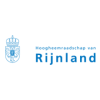
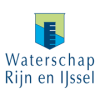
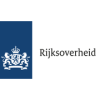

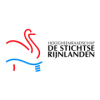
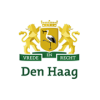

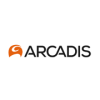
Media
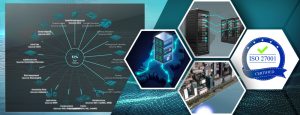
The Tygron Platform: Independent from American Cloud Providers
In a world where geopolitical tensions are increasing, we are frequently asked whether the Tygron Platform depends on American cloud providers. In this blog, we explain why this is not
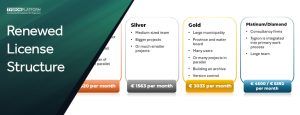
Renewed license structure Tygron Platform 2025
Given the growth in use, and type of use, of the Tygron Platform, there is an increasing demand for more flexibility in terms of the possibilities of the licenses. Our
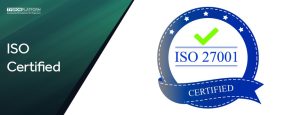
ISO 27001 Certification for the Tygron Platform
We are proud to announce that the Tygron Platform is now officially ISO 27001 certified. This certification highlights our commitment to the highest standards in information security and data management.
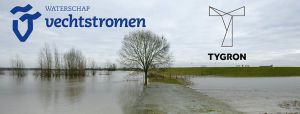
Standardizing flood defenses using a supercomputer
The Vechtstromen water organisation was faced with the task of standardizing its flood defenses. In total, the water organisation has 400 km of barriers. The main questions to be answered
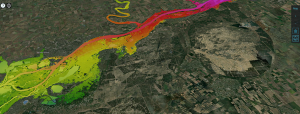
Hydrodynamic Model of Khakovka dam breach
In the hours and days after the catastrophic Kakhovka dam break in Ukraine, Tygron worked intensively with Arcadis to build a model in order to gain better insights into the disaster.
